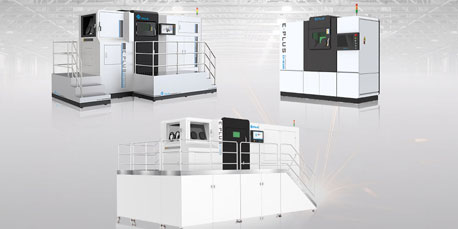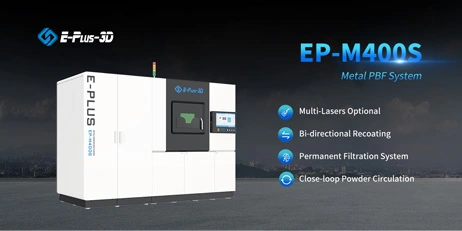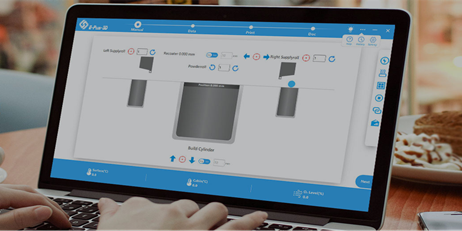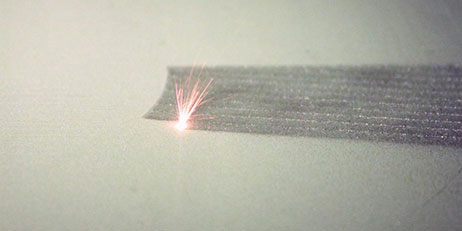In the realm of aerospace and aviation, advancements in technology have always played a pivotal role in driving innovation and pushing the boundaries of what is possible. One such breakthrough that has revolutionized the industry is titanium additive manufacturing. By leveraging this cutting-edge technique, manufacturers can create complex parts and components with unrivaled precision, strength, and cost efficiency. In this blog post, we will delve into the game-changing role of titanium additive manufacturing and its transformative impact on the aerospace and aviation sectors.
Unleashing Design Freedom and Complex Geometry
The traditional methods of manufacturing titanium components often involve extensive machining and assembly, resulting in limitations on shape complexity. However, with titanium additive manufacturing, these constraints are shattered. The layer-by-layer production process enables the creation of intricate geometries, making it possible to manufacture parts with internal channels, honeycomb structures, integrated ducting, and other designs that were previously unattainable. Such design freedom allows engineers to optimize aerodynamics, reduce weight, and enhance overall performance for aircraft and spacecraft.
Lightweighting for Enhanced Efficiency and Performance
Weight reduction has always been a critical pursuit in the aerospace and aviation industry, as even the slightest reduction in weight can lead to significant fuel savings and increased payload capacity. Titanium, known for its superb strength-to-weight ratio, is an ideal material to achieve lightweight solutions. Through additive manufacturing, engineers can create lightweight titanium components by utilizing lattice structures and optimized geometries that maintain their strength while reducing overall weight. This breakthrough enables aircraft to fly farther, faster, and with greater fuel efficiency.
Accelerating Prototyping and Manufacturing
Speed is a crucial factor in the aerospace and aviation sectors, where time-to-market plays a pivotal role. Traditional manufacturing techniques often entail lengthy lead times and costly tooling processes. In contrast, titanium additive manufacturing allows for rapid prototyping and efficient production, significantly reducing the time and cost associated with developing new components. By eliminating the need for tooling, manufacturers can quickly iterate designs, test new concepts, and bring innovations to market in record time.
The Future of Aerospace & Aviation with Titanium Additive Manufacturing
As the aerospace and aviation industries continue to evolve, titanium additive manufacturing is poised to play an even greater role in shaping their future. This technology offers unprecedented possibilities for customization and on-demand production, enabling manufacturers to create tailored solutions for individual customers and aircraft. The ability to manufacture complex, lightweight, and optimized parts using titanium additive manufacturing will not only enhance the overall performance and efficiency of aircraft but also reduce maintenance costs, extend service life, and improve safety.
The role of titanium additive manufacturing in aerospace and aviation cannot be overstated. By unlocking design freedom, lightweighting capabilities, speed-to-market, and customization possibilities, this disruptive technology has emerged as a game-changer in the industry. With further advancements in material science and additive manufacturing techniques, we can expect to witness an extraordinary era of innovation in aerospace and aviation. Titanium additive manufacturing will continue to propel these sectors forward, enabling the creation of safer, more efficient, and high-performing aircraft that push the boundaries of what is attainable in the sky.
























